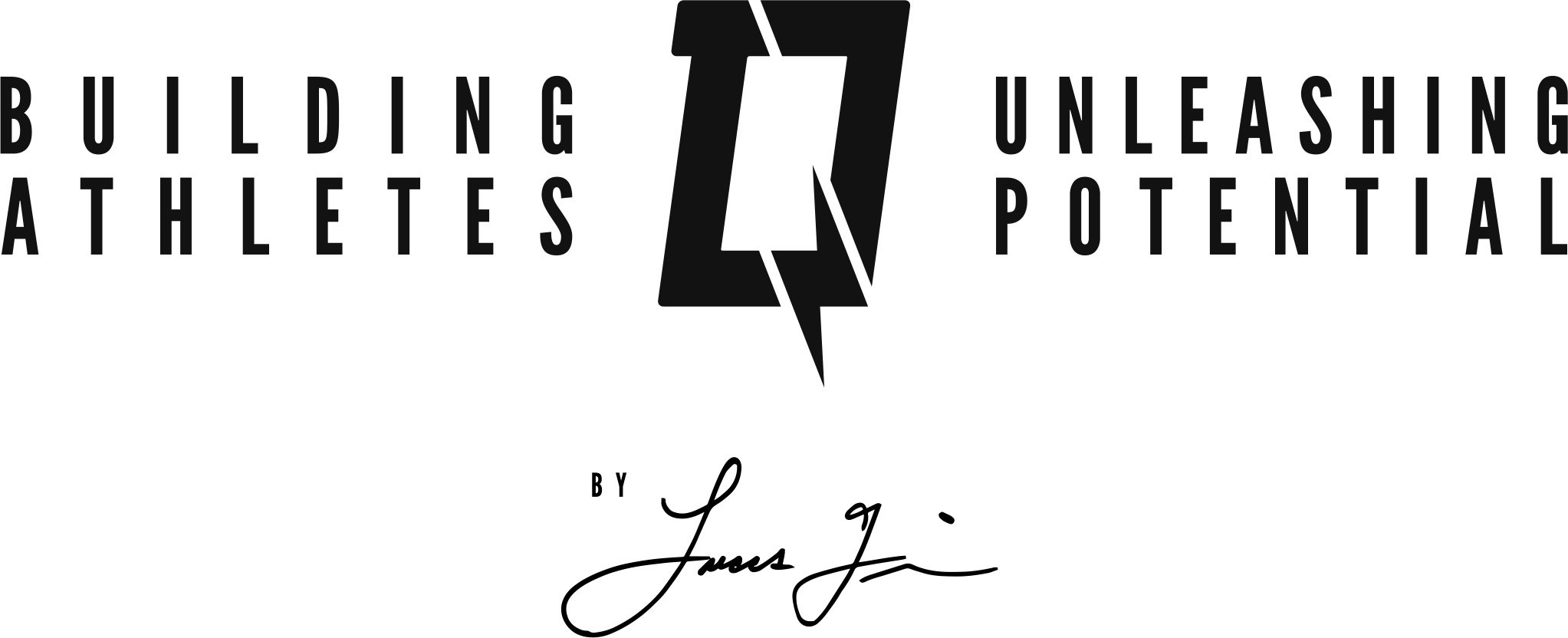LONG TERM ATHLETIC DEVELOPMENT
Having long-term goals of reducing risk of injury, longevity, avoiding athlete burnout, and performance are very important in how I train youth athletes.
It is important to me as a coach to young athletes to have long-term goals of health, longevity, and performance in mind for my athletes. As such, the following points contain my philosophy on “Long Term Athletic Development,” and why and how they are important in how I train athletes.
Help to dissipate common overuse injuries related to sport specialization through the strategy of general physical preparation.
Learning fundamental biomotor movement patterns to create strong foundations for success, including reducing the risk of injury and developing postural strength.
Exposure to movements of Sprinting, Cutting, Decelerating, Jumping, Landing, Squatting, Plyometrics, Lunging, Hinging, and Carrying with an emphasis on biomechanical efficiency and building a strong foundation that will set the athlete up for success in later years.
Fun environment that fosters athletic development and increased athletic potential.
Develop healthy, capable, resilient young athletes.
Emphasis on an increase in strength, particularly in the lower body and core/trunk musculature; emphasis on technical skill and efficiency of movement. Even young athletes have to be able to absorb forces often times exceeding 2-4x their bodyweight in sprinting, cutting, jumping, landing, and changing direction. Therefore, athletes must have the requisite strength to overcome these forces—not only for increased athletic performance, but also for reducing the risk of injury.
Help to develop long-term habits of a healthy lifestyle.
Multi-planar, multi-directional development of movement:
Skill Acquisition: Pre-Programmed/Pre-Determined Drills (Backpedal, Lateral/Crossover, Linear)
Skill Application: Chaotic, Reactive, Unplanned, Unstructured, Fun Drills.
Instilling and demonstrating the value of hard work and a relentless work ethic as well as accountability, responsibility, and integrity.
Emphasis on balance, stability, proprioception, flexibility, agility, reaction time, and body awareness.
Emphasis on the development of proper athleticism and appropriate movement skills.
In order to develop physical literacy and to avoid sedentary living (which is dangerous due to many factors), young athletes need to be intrinsically motivated. Intrinsic motivation will lead to a desire of physical fitness for life.
Larry Meadows PhD, CSCS, *D, NSCA-CPT, *D, RSCC*E, USAW-2 writes in a paper through the NSCA entitled Practical Application for Long-Term Athletic Development saying, “A well-planned and balanced schedule of training, practice, competition, and recovery will enhance optimum development throughout the individual’s athletic career. Often, change for implementation of LTAD models is difficult, because program administrators and coaches are uninformed and t times reticent to such change. Moreover, parental perspective and involvement is unresponsive (games versus appropriate training and practice time), the modern sports culture is misleading (“everyone is an expert,” “immediate gratification,” and “entitlement”), and the early specialization training model for team sports is inadequate, making LTAD implementation difficult.”
Furthermore, Meadows writes, “Regardless of the sports organization, the most important elements are teaching proper physical literacy and improvement of athleticism through proper skill movements learned in a sequential and progressive program design. These components help an athlete become less susceptible to injuries, improve an athlete’s ability to perform technical and tactical skills more effectively, and assist the athlete to cope with the demands of the sport. Without these components of training, individuals might never reach optimal athletic development.”

